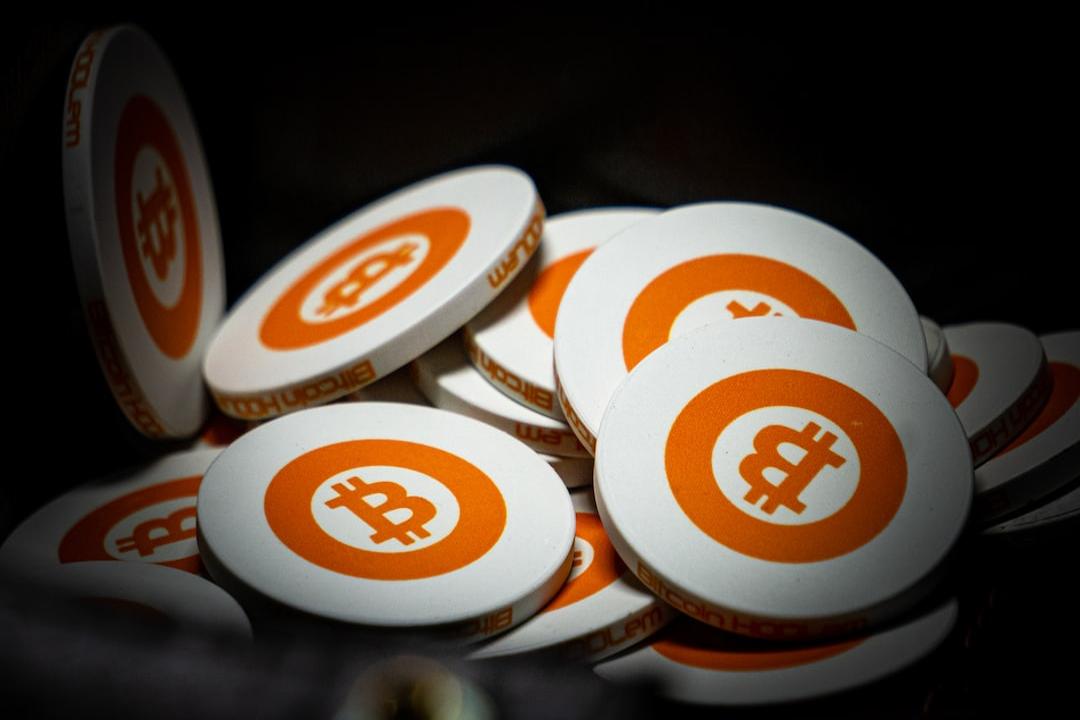Bitcoin’s network has seen a significant decrease in its average block size and transaction rates, which has coincided with a drop in its price to approximately $64,100.
The decline in block size, which measures the transaction data included in each block, indicates a sharp decrease in Bitcoin (BTC) blockchain activity, reaching a yearly low on June 7.
The network’s transaction per second (TPS) rate also declined in June, signaling a reduction in activity and potentially reduced miner profitability due to decreased post-halving BTC block rewards.
The BTC halving event took place in April and resulted in a 50% reduction in block rewards for miners, effectively diminishing profits and incentives to contribute to the blockchain’s activity.
The average TPS fluctuated between highs of around 28 TPS and lows of below 4.5 TPS throughout June, with the current average TPS at 9.12 at the time of writing.
Despite the state of the BTC blockchain, the performance of the Runes minting market offers further insight into the Runes ecosystem and the network as a whole. The Runes minting market remains profitable and reflects continued strong user activity on the BTC blockchain.
The secondary market performance of the top 10 largest Runes mints has varied significantly, ranging from -82.76% to +1,194.42%, indicating continued strong market activity.
The recent price drop and concurrent decline in network activity may be the beginning of a prolonged correction. Crypto analyst Rekt Capital has discussed the potential continued correction of BTC forming “clusters of price action near the Range High resistance at ~$71,600.”
On June 17, BTC was “getting very close” to retesting the $64,000 and $62,500 levels, which have been identified as daily Chicago Mercantile Exchange gaps. These gaps represent areas in the price chart where noticeable differences can be seen between the closing price on one day and the opening price the following day.

